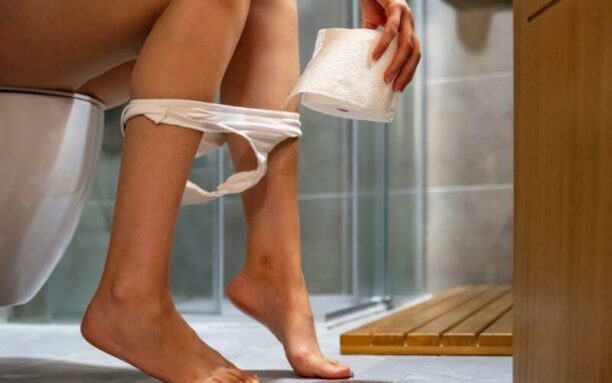
Anal leakage in women
Does anal leakage affect your daily life? Dr. Marine Lallemant, a specialized clinical perineology, explains in this article what anal or ‘leakage’ or incontinence is, why it is disabling, and what solutions exist.
What is anal leakage?
We hear more and more about urinary incontinence in women, but there is another condition that is less talked about. Many women suffer from anal incontinence. In this case, the anus is subject to involuntary leakage of gas and stools.
The stools can be liquid and/or solid. When there are only stool leakages, it is called fecal incontinence.
The prevalence of anal incontinence is 8.3% in the general population (according to the National Institutes of Health), but it is underestimated as it remains a very taboo subject for patients.
What are the different types of Anal incontinence
There are 2 types
- Active anal incontinence: the patient feels an urgent need to defecate but cannot control the passage of stool.
- Passive anal incontinence: the patient is not aware of the presence of stool leakage and does not feel an urgent need to defecate.

What are the causes of anal leakage?
The main causes of anal leaks are:
- Diseases such as irritable bowel syndrome or chronic inflammatory bowel disease (IBD). They have negative impacts on transit. Stools have an abnormal consistency, too liquid for example.
- A reduction in rectal capacity or compliance (ability to expand): rectal inflammation…
- Disruptions in rectal perception: neurological diseases.
- Damage to the mechanisms of the anal sphincter and pelvic floor. This can be due to a severe perineal tear involving the anal sphincter during childbirth. It is also the case for a congenital malformation of the anus.

How to know if you have anal incontinence?
Some symptoms can alert you. They can appear alone or multiple symptoms can appear simultaneously. They can be mild to severe depending on the women.
- Appearance of diarrhea
- Involuntary emission of gas
- Uncontrolled defecation (liquid or solid stool)
- Difficulty controlling the anal sphincter
- Occurrence of abdominal cramps
- Appearance of fecal residue in underwear
In some cases, urinary incontinence can also accompany these symptoms.

Free Pelvic floor guide
Find out how to strengthen your pelvic floor to prevent bladder weakness and improve intimate pleasure! 💥
What to do if you have symptoms of anal incontinence?
If you have symptoms suggestive of anal incontinence, talk to a health professional who can confirm the diagnosis. You can consult your general practitioner or your midwife who will refer you to a specialized proctologist.
Depending on the origin of anal incontinence and after a clinical examination, a comprehensive assessment will be offered to provide a more in-depth diagnosis.
The assessment will include the following examinations:
- An anorectal manometry to study the contraction of the anal sphincter.
- An anal endoanal ultrasound to visualize the condition of the anal sphincter.
- A defecography MRI to observe the behavior of the pelvic organs at rest and during straining.

How to treat Anal leakage ?
The treatment of anal incontinence in women is primarily medical: regulating bowel movements (consuming dietary fibers, proper hydration, and physical activity) and improving rectal emptying during defecation.
Anorectal rehabilitation may also be suggested. There are apps like the Emy app that can guide you and help you regularly perform pelvic floor exercises.
One last Advice for women suffering from Anal Leakage
Don’t hesitate to talk to your doctor, don’t wait! Early treatment will improve continence, quality of life, and restore self-confidence. There are many associations that can assist you in your efforts and provide advice.


